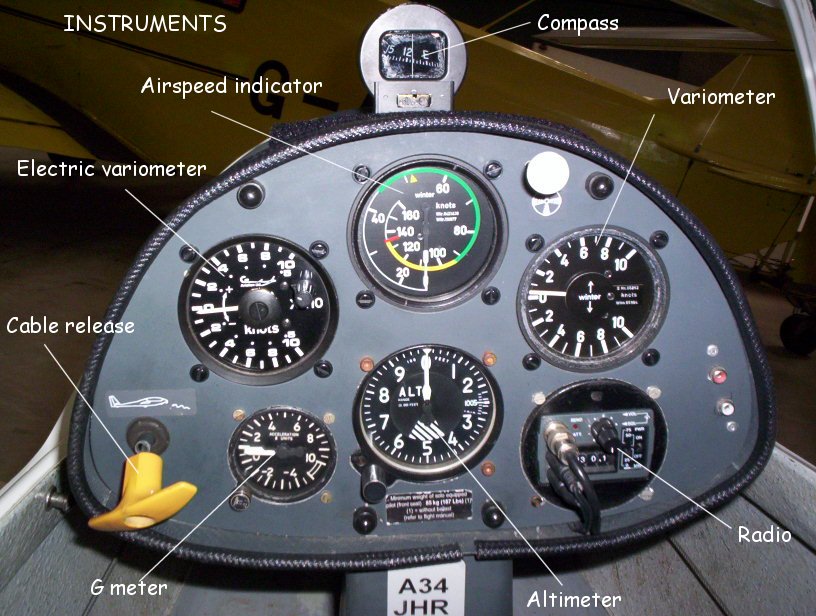Never said otherwise, only that most of the time it's not practical (and sometimes not possible) to do that in the traffic pattern from TPA, and I'll stand by that statement. I've spent 20-30 minutes in the pattern at an airport trying to get one good power-off 180 approach, and that's just not good training. Look back higher and you'll see my suggestion to conduct such emergency procedures practice somewhere quiet where you can perform the maneuver properly without having to interfere with or alter your maneuver for other planes.
That's what I thought you meant... and I'll admit I wasn't thinking "primary instruction".
You raise a good point about introducing students to engine-out drills- I recall learning more about what might really be involved in a power-loss emergency by going through the old throttle-out-OK-where-you-gonna-land drill, done completely by surprise during practice maneuvers away from the airport, than by trying to make the runway from the abeam point with the engine at idle.
Picking the right spot (immediately!), for example, could be the most important thing in a real engine-failure scenario, and having a runway alongside you doesn't help with that.
And Murphy's law being what it is, we're not as likely to experience total loss of power while on downwind than in some much more inconvenient location !
Thinking about it, a more realistic drill, involving a usable runway is the engine-out spiral descent to key position... this also prepares you, somewhat, for an event where there might still be some power available, you've limped to an airport, but don't want to tempt fate by entering a standard pattern and you aren't aligned for a straight-in.
A much more realistic scenario... although of course the engine
could quit abeam the numbers (I once pulled mixture instead of carb heat at that precise moment; I restored power immediately, but it might have not worked).
This drill is not easy to do right, but it could have great benefit for real emergencies, either to an off-airport location or a runway. Of course, common sense should apply when it comes to other traffic. It doesn't have to be one of those "nobody up here but me" days (in a real emergency, there will be traffic, according to Murphy), but it's not something I'd do in a "beehive" situation. And again, for students, I think it's best to start with engine-out drills, even the descent-to-key-position, out in the practice area, with a random target chosen as the landing site.
The way I was taught, I didn't try power-out drills from downwind, or from above TPA to the key position, until I had a pretty good handle on doing them in some random location off-airport,all the way to the point where I could go around safely after showing I'd probably get the plane into that field, meadow or golf course without breaking my neck. I think my instructors were wise to structure the lessons that way.
The part that gets left out when doing such simulated engine-outs- actually touching down- is easy enough to cover on normal final legs to a runway. Normal approaches provide ample opportunities to learn how to get the most out of a plane in glide, without doing anything disruptive to traffic.
But I still think that for advanced students or certed pilots, this maneuver- from downwind- is useful. Maybe not so much as a simulated emergency, but for spacing. Done properly, I don't think it will create conflict, unless you're cutting off someone who's on a normal final. As I stated earlier, I've actually been told to "chop and drop" by ATC more than once; they seemed to think it made more sense, in those situations, than extending my downwind to enhance traffic spacing. I know they are not PIC, but I think good cab controllers know what works and what doesn't. If it looks good, and I know I can do it, I'll do it.
In a nutshell, I agree that in primary training, trying to make the runway from the abeam point (or from above the airport) without power may not be productive, but afterwards, it's worth doing (with caution and consideration for traffic), if for no other reason than to break the habit of always flying the pattern the same way. Same basic reason one should do slow flight, stalls, etc. even when not being asked to do so by an instructor or examiner: it is unlikely you will
need these skills, but without practice, they will be dull when you do need them to be sharp.
I should add here that all of these things are
fun, although I know not all pilots will agree with me.

 .
.  .
.  .
. .
. .
.  .
.  .
. .
.



